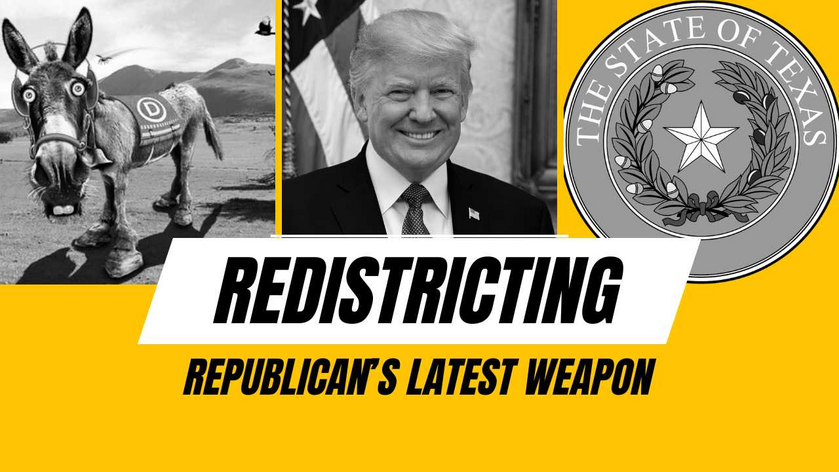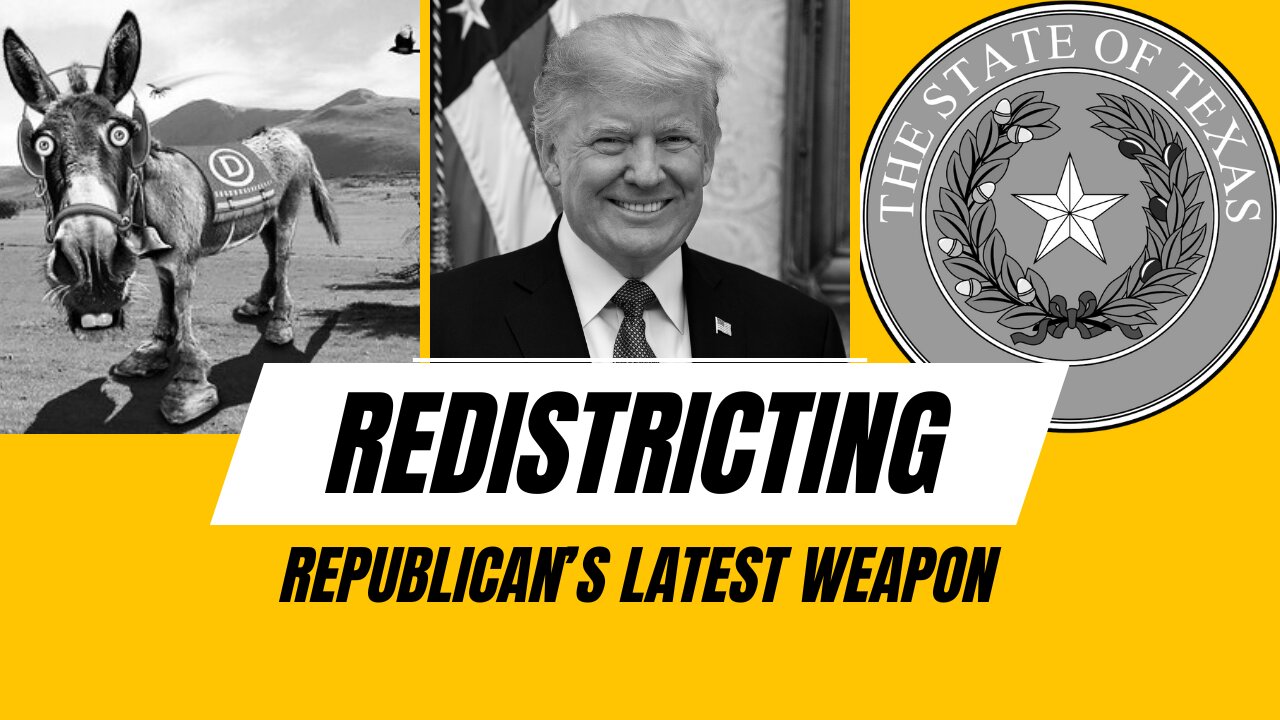Herewith a review of Civil War, writ./dir. Alex Garland. With Kirsten Dunst, Wagner Moura, Calleee Spaeny, Stephen McKinley Henderson, Nick Offerman, et al. A24 and DNA Films, 2024. (Follow the link at the Internet Movie Database.)
Civil war – a mere snapshot
In an hour and forty-nine minutes of his film Civil War, Alex Garland provides only a snapshot of a civil war that could break out across the United States. Its main characters are journalists, including some striking out on their own, and others embedded with rebel forces. Never once does Garland provide any kind of backstory. A good writer, as author Nancy Rue once explained to this reviewer, Resists the Urge to Explain. But Garland refuses to explain. Perhaps he has an important reason: any explanation he gave would alienate half his audience. (Furthermore his sympathies are necessarily obscure, for he is not American at all, but English. What he would do either with the American War for Independence or the War Between the States, one can’t imagine.)
Garland practices his deliberate ambiguity as his film begins, with his apparent casting guide for a President. Nick Offerman has the face of Gov. Gavin Newsom (D-Calif.), an exaggerated flab suggesting a distorted picture of Donald J. Trump, and the reckless disregard for the truth of any of “Resident” Joe Biden’s press secretaries or their deputies. And (spoiler alert) he acquits himself very poorly as soldiers of the Western Forces summarily execute him. When an ad hoc embedded journalist asks him for his last words, all he can manage is a pathetic “Don’t let them kill me.”
But how did he come to that pass? Why would elements even of a rebel faction execute him summarily? Garland’s film doesn’t say.
What one can infer
Garland refuses to tell anybody how his Civil War started, or why it ends as it does. So every viewer must infer the causes of the civil war, and explain for himself several things that defy explanation. This reviewer does not speak here of Kirsten Dunst using an oversize zoom lens to photograph various combatants. (Other reviewers, more knowledgeable about photography, have explained the incongruity of that zoom lens, apparently appropriate for African safaris.) Consider, rather, the spectacle of the treatment of “The Press.” Apparently the premier press agency left in the world today is Reuters. Has the war destroyed the Associated Press, United Press International, The New York Times, The Washington Post, et al.? As ever, Garland never says.
But Reuters seems to enjoy universal respect. The film follows a crew of Reuters journalists who strike out on their own, driving from New York City to Washington, D.C., by a roundabout route. An obviously renegade militia engaged in mass murder and mass burial, murders one of them. They also murder two more journalists the first crew runs into along the way. And allegedly, loyalist forces shoot journalists on sight. But every other military organization they encounter carefully avoids wounding them, and lets them document whatever they like. The victorious Western Forces especially brag what they intend to do to the President, and want them to capture their triumph for posterity.
What are the warring factions?
From the obvious Lord Haw-Haw-esque empty boast of the President, and how one journalist rehearses the interview he wants to have with him, the viewer can infer this much. The President (whose name never bears mention) insisted on staying in office for a third term. (How did he get enough States to appoint 270 Electors willing to vote for him, despite Amendment XXII? Garland doesn’t say.) Several States took exception to that and formed three secessionist alliances. (See this detailed discussion.) Of these, the Florida Alliance seems to fold first. But two States – California and Texas – secede early and form a coalition which they call the Western Forces. These are the best-equipped, most disciplined faction, and must have a general to match Robert E. Lee in his brilliance. Their flag is brutally simple: thirteen red and white stripes, and two large white stars on a blue union.
Beyond those two rebel factions are, of course, the States remaining loyal to Washington, D.C., and the unnamed President. (A New People’s Army Alliance also exists, consisting mainly of the “woke” States from Washington to Minnesota.)
Why do California and Texas secede? Again, from the journalist rehearsal, we hear that the President imposed martial law and even ordered airstrikes against some populations. But why and how would California and Texas ever combine to form the most effective fighting force?
The American economy has collapsed, except for one town whose residents “stay out of it.” How? The film doesn’t say.
How might the Civil War have broken out?
So here is what this reviewer infers, from the “President Haw-Haw” speech, the interview rehearsals, and the journalists’ travels. A future President – which could be an out-of-shape Gavin Newsom – serves two terms, then tries to serve a third. At some point in the process, he committed certain unconstitutional acts. (Abolishing the FBI would not be one of them; in fact this reviewer maintains the Constitution requires that.) And before the final break occurred, California had a civil war of its own. Militias in the California counties east of the San Andreas Fault Line banded together and marched against Sacramento, San Francisco, Los Angeles, and San Diego – the centers of population and power in California today. Once they took over, they would proclaim a Republic of California. Their immediate provocation would be the refusal of the President to control immigration.
The Eastern Californians might, or might not, have taken inspiration from the people of Texas. Texas did pass a Texas Independence Referendum Act. That referendum – in which elements of the Texas State Guard hand-counted paper ballots – returned a Yes vote. Subsequently the Texas Legislative Joint Select Committee on Texas Independence recommended a flat-out declaration of secession. Perhaps the President provoked Texas, first by stealing the Election of 2024 (with the aid of the electronic voting-machine vendors’ association) and then by issuing an Executive Order setting all immigration laws at naught. (Or else a federal judge follows up on his preliminary injunction and declares an absolute right of immigration.)
First blood
In any event, Texas and a newly conservative California would declare independence in rapid succession. Then perhaps the President would invoke the National Popular Vote Compact. He would need, not 270 electoral votes, but 223 – one more than half of a 444-member Electoral College. By then the NPVC would “kick in” with the departure of California and Texas. With those “votes,” the President would claim a third term. Then when most career Inspectors and Special Agents of the FBI quit in protest, he would abolish the agency.
Then he would call airstrikes against Texas and California cities. That would enrage both populations, who would then form a special Western Alliance. Their forces, marching under the Two-star Flag, would consist of:
Elements of the California and Texas Army and Air National Guards, who would resign to become State Guardsmen,
Elements of the U.S. Army, Navy and Air Force who would sign on with the Western Forces, in outrage over the President’s conduct, and
Such equipment, supplies, and other materiel as these military forces could seize.
This equipment would consist of large numbers of:
Highly Mobile Multipurpose Wheeled Vehicles (Humvees),
Apache helicopter gunships, and
Chinook “flying banana” helicopter troop carriers (the ones with the twin counter-rotating main rotors).
They might also consist of A-10 Thunderbolts, F-15 Strike Eagles, and MV-22 Ospreys (not shown).
Separately, the Florida Alliance would form “before they hit us next.” “Progressive” Californians would join fellow leftists as the New People’s Army.
The brunt of the attacks
Exactly who would make airstrikes against Interstate Highways 81, 78, and/or 76, leaving burned-out cars for those journalists to drive around, is not clear. What is clear is that pockets of neutrality would exist, chiefly in the Appalachian Mountains. (The journalists stop in one such town which maintains an eerie normalcy, shutting out the turmoil beyond the town limits.) Alaska would remain carefully neutral – though a Russian incursion to reclaim it would be far more likely. Hawaii (which the film does not treat) would reinstate its independent Kingdom under the House of Kawānanakoa (“Queen Lil”’s cousins).
Whoever bombed the Interstates, would also bomb New York City. Again, the identity of that force is never made clear. But given that elements of the United States Military “shoot journalists on sight,” perhaps the President’s loyal military is bombing its own people.
A President who does that would be, quite simply, insane. That could explain why the Western Forces, when they finally capture Washington, D.C., summarily execute the President. But this is the least congruous development in this story. Texans, no matter how provoked, would not summarily execute a captured enemy leader. They would try him first, as publicly as possible, to demonstrate the justice of their cause and their acts.
The crazy militiamen who execute two journalists who fall into their toils do have an historical analogue: Quantrill’s Raiders. Their leader, of course, was William Clarke Quantrill, the Butcher of Lawrence, Kansas.
Plausibility of the Civil War scenario
Most reviewers have heaped scorn on the traveling journalists, asking how such embedding as the film depicts, is plausible. But recall: the United States Army refuses all embeds and even executes journalists summarily. (As does the hot-pink-glasses-wearing Quantrill imitator.) The Western Forces welcome journalists, in supreme confidence in the justice of their cause.
The widely circulated map (apparently an official poster)
https://www.ar15.com/media/mediaFiles/14563/IMG_9220-3063095.jpg
showing Idaho within New People’s Army territory begs explanation. More likely, a Greater Idaho Militia would break the back of the NPA and perhaps welcome Western Forces intervention. The same holds for the Dakotas, Montana, Wyoming, and Utah. (Labeling the region “Western Forces” is misleading.)
The spectacle of the journalists having to offer $300 Canadian, not U.S., to buy precious gasoline might seem jarring. But in a civil war scenario, the Federal Reserve would be dead. “Not worth a Fed” might become as common a proverb as “Not worth a Continental” was during the American Revolution.
Texas Nationalist Movement (TNM)head Dan Miller, in his review of the film,
speculates that 44 percent of the U.S. military would mutiny after the first airstrike order. If all those soldiers joined the Western Forces, that could explain how they are so powerful and well-equipped. Furthermore, in real life, the U.S. military is not meeting its recruitment quotas. For that, blame the Alphabet Soup implementation, and the God-awful spectacle of Admiral Richard “Rachel” Levine, Assistant Secretary for Health.
Implausible suggestions
A few legacy media reviewers have made other suggestions that are, frankly, absurd. The unnamed President is not “Trumpian,” to reply to the movie critic from The New York Times. Donald Trump is on record as saying the only reason Texas would not secede is that “they love me.” Dan Miller has said that Trump’s main flaw is that he is one man alone, trying to reform the un-reform-able. A stolen election – the only way for any Democrat to win in 2024 – would provoke Texas to hold its Referendum. Then again, The New York Times has committed itself to promoting false narratives of current events. That this would affect the quality of their movie reviews, is only logical to suppose.
On the other hand, the Civil War movie cannot “normalize” the assassination of a President. Then again, that speaks to the worst flaw in this movie. The forces of General Sam Houston, at the Battle of San Jacinto, captured Mexican Presidente Santa Ana in his camp. (In fact he was in the sleeping bag with a field whore.) Sam Houston did not order Santa Ana’s execution; instead he forced his prisoner to sign off on Texas independence. Similarly, the Western Forces, under Texas leadership, would capture, not kill, the President. They then would try him publicly – and, if the U.S. armed forces suffered another mutiny (in addition to the one that plumped up the Western Forces), turn the President over to the mutineers.
Conclusion
CNAV gives this movie two and a half stars out of five. It suffers from its maker’s refusal to provide a backstory – though the backstory some critics tried to foist on it would have been an order of magnitude worse. The final sequence is over-the-top; any student of Texas history would have known why. But the film’s “canon” lets the viewer fill in an eminently plausible backstory that follows logically from current events.
Aside from oversize zoom lenses, the journalists – often letting their ambitions negate common sense – are believable. So is the Lord Haw-Haw style Presidential briefing. Any Japanese will recognize the victory announcements getting ever closer to home, until finally … Hiroshima. Or, if one prefers, Adolf Hitler executing himself in Der Bunker.
So are the horrors of war the film shows, and the almost desperate attempt by some to carry on as “normal.” The only problem is that the war would destroy any supply chain, making such normalcy impossible. (Unless the townsfolk returned to cottage industries, including spinning and sewing.)
Aside from the willful ignorance of Texas history and tradition, even the summary execution of a renegade President is believable. Witness the executions of Benito Mussolini and his mistress – or Nicolae Ceaucescu and his wife.
Alex Garland made the film only because some kind of civil war scenario is more likely now than ever before. See it while it is still fiction, like 1959’s On the Beach? More likely, see it and be careful what you wish for.
Link to:
The article:
https://cnav.news/2024/04/20/news/entertainment/civil-war-2024-incomplete-prediction/
Video:

“Screen Rant” discussion of the A24 map:
https://screenrant.com/civil-war-united-states-america-map-state-alliances-explained/
The A24 “Civil War” map:
https://www.ar15.com/media/mediaFiles/14563/IMG_9220-3063095.jpg
Review by Dan Miller of the Texas Nationalist Movement:
Declarations of Truth X feed:
Declarations of Truth Locals Community:
https://declarationsoftruth.locals.com/
Conservative News and Views:
Clixnet Media





















